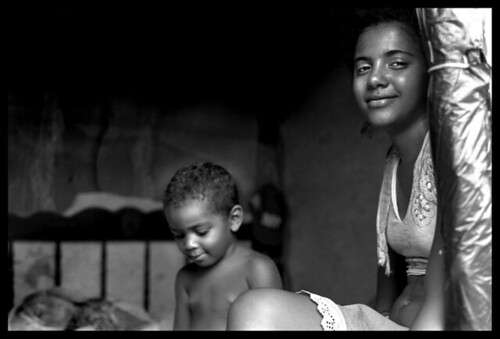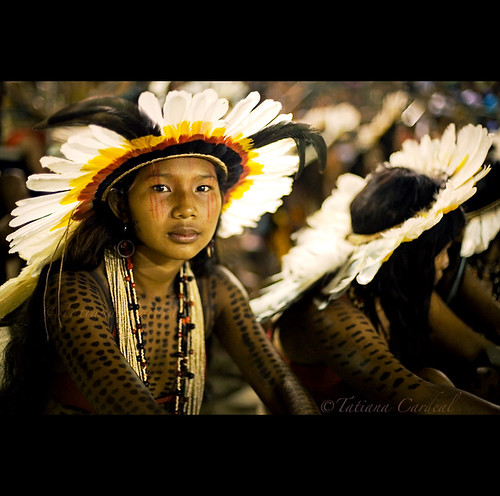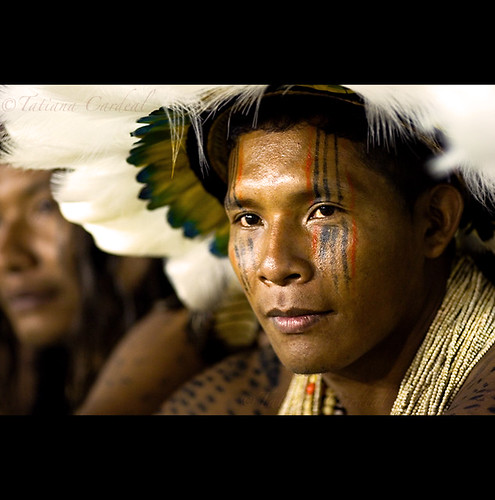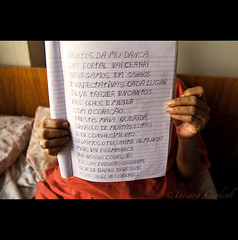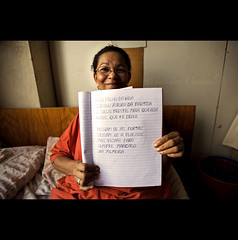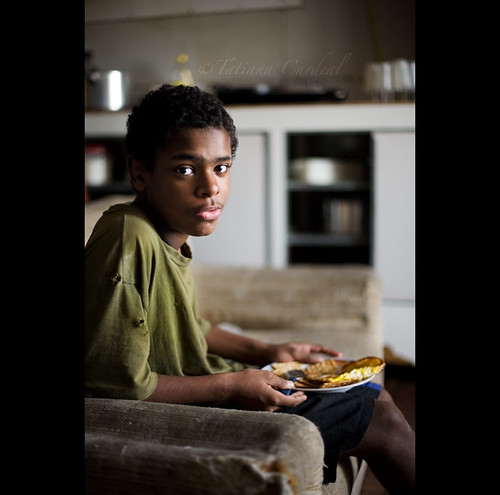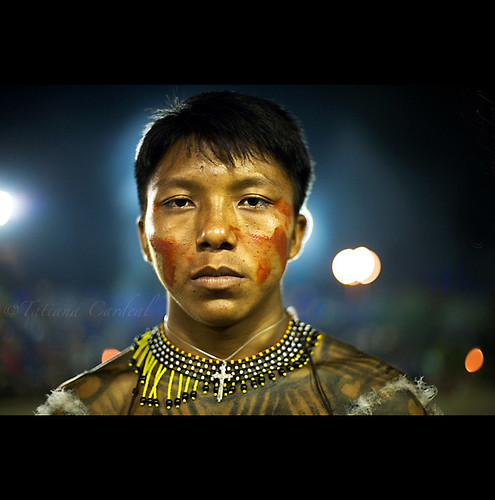
>> cover

Last February,
The Argentimes newspaper (Argentina), published a nice interview, talking about my photographic work, that was previously published at the
LivinginPeru.com website (Peru). I've just found a link to download a copy, and now is here too
(click to enlarge).
Many thanks to Lucy Cousins, the Co-Editor of The Argentimes.Sadly, the LivinginPeru.com Executive Editor, Wolfgang Becker, who wrote this interview, and who gave a great support to my work, specially for the indigenous social issues, suffered a heart attack and passed away last 20th, april, 2007.
That day I was photographing the opening of VII Indigenous National Festival, a piece of my communication project to support Indigenous People, and which Wolfgang helped to promote. So I dedicate this next piece of my work to him.
Peru lost a true admirer of its culture, lifestyle, and most of all, its people.
(from LivinginPeru.com newsletter)
centurys
VII Indigenous National Festival, at Bertioga city.
This year was the first time that they had an US indigenous delegation participating. To honor the meeting, two indigenous from America lighten the fire as a symbolic representation from the beginning of the Festival life, to all native cultures.
Here the Yawalapiti warrior from South-America beside the Tewa dancer from North-America, at the official opening.
